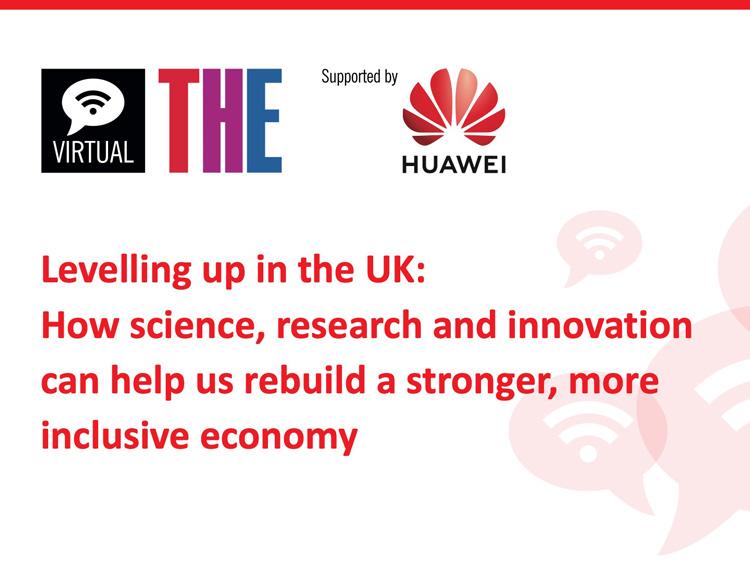Industry partnerships can strengthen universities’ standing in communities, offer students exposure to real-life projects and see research translated into impact. The wrong collaborations, however, can undo the benefits and instead can bring risk, cause bad feelings and waste time and resources.
Success hinges on choosing the right projects with the right partners. Here are five things I’ve learned in my 28 years of working in innovation.
- Understand each other’s goals
- Search for the sweet spot
- Know what your university has to offer
- Details, details, details
Industry and academia’s different worlds have different definitions of success. Academic researchers are driven by a desire to create new knowledge and to understand how things work. They work at a small scale, with perhaps a few prototypes, in strictly controlled environments. Their responsibilities pull them in many directions, with pressures to teach, to achieve tenure, to publish their work and to obtain funding to pursue that work. The goals for which they’re rewarded are not always recognised by industry. They work with timelines of years and decades.
Companies “in the wild” have different goals: essentially, get costs down and profits up. A young company might be looking for a collaborator to get a foothold in the market. A more established company might be looking for efficiencies, ways to scale up production or new products. In industry, the scale and speed of production are radically different from those in the academic world. Timelines are measured in weeks or months.
Understanding these contrasting environments and motivations will help guide discussions towards agreement.
- Spotlight guide: How to work well with industry
- Advice for effective cross-team collaboration for research
- THE podcast: what does it take to successfully commercialise research?
In my experience, “sweet spots”, where both parties’ interests overlap, are usually projects where companies are open to experimentation and are comfortable with the high degree of uncertainty inherent in academic research. They tend to involve more established companies that are exploring long-term ideas. If this single project could mean the company lives or dies, a partnership with a university is not a good fit.
Sometimes companies mistakenly think that universities will do the work at no cost; partnerships work best when industry sees value in the intellectual contributions from the university.
If a potential partner is looking for a short turnaround or a clearly defined, guaranteed outcome, the project is often better suited to a private company, not a university. For example, building a new sensor would be a routine job for an engineering firm, but universities are not set up for that kind of turnaround. They also risk creating bad feelings if they’re seen to be competing with the private sector.
Think of industry partnerships as building a relationship, not speed dating. Start with small projects that create trust and understanding before embarking on larger projects. Learn each other’s language; respect each other’s pace. Be clear about both parties’ expectations and the value each brings.
Universities often have specialised technology, labs and people that private industry doesn’t. Innovative thinking and a research mentality are inherent in academia, while companies are necessarily focused on business goals. These mutual interests can be the basis of a successful partnership.
To illustrate, here’s a win-win from my experience. A company was using spray coating on its products, but the method was inefficient and the overspray was a massive waste of money. The company contracted the university to look for solutions. Under the guidance of a researcher, a grad student used computer modelling to explore and test nozzles and nozzle patterns. The result worked well for everyone. The company saved money. The researcher published a paper. The grad student gained experience that might lead to a job.
Before signing an agreement, get into the weeds. Think about future use, security concerns, reporting requirements and who owns the research outcome. Researchers typically want to publish their findings or use them for teaching purposes, but that can be complicated for a company if the information is proprietary or a trade secret. If a company asks for a publication veto, that’s a non-starter for a public university.
Be clear up front about expectations. What if the research doesn’t pan out as expected? It’s important not to guarantee an outcome; instead, outline what work will be done, what experiments will be undertaken. These details can end up defining a project or, in some cases, make it clear a collaboration isn’t going to work.
If I had to sum it all up, it would be: communicate, communicate, communicate. Take the time to understand what your potential partner is looking for and to explain the nature of academic research. Ideally, you are building a lasting relationship that will continue to be fruitful for both parties into the future.
Darren Fast is the associate vice-president of innovation, knowledge mobilisation and partnerships at the University of Alberta.
If you would like advice and insight from academics and university staff delivered direct to your inbox each week, sign up for the Campus newsletter.




comment